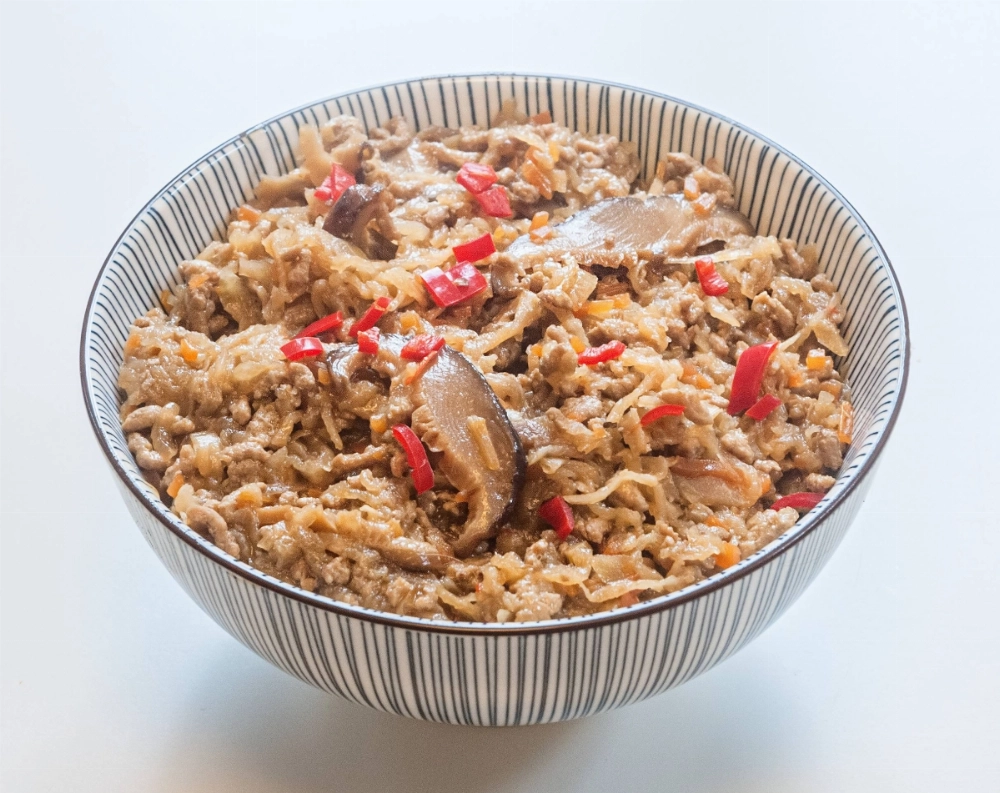With the high prices of fresh vegetables these days, even price-stable winter greens like napa cabbage and daikon are no longer safe from the forces of inflation.
Sticking to your meal-planning budget has now gotten a little trickier, but looking to the past can be one way to keep your grocery expenses in check. In the days before refrigeration and the worldwide shipping of fresh produce, foods were preserved in traditional methods, and a well-known example is kiriboshi (cut and dried) daikon.
Sometimes known as just kiriboshi (or nokishinobu if you’re from Kyoto), the root vegetable has been prepared in this way since the Edo Period (1603-1867), when fresh daikon gathered during fall and winter were cut into thin strips before being spread out under the sun and left to dry.

















With your current subscription plan you can comment on stories. However, before writing your first comment, please create a display name in the Profile section of your subscriber account page.